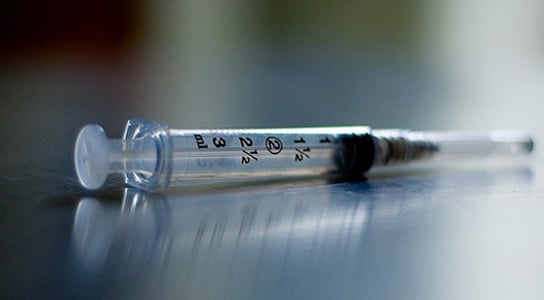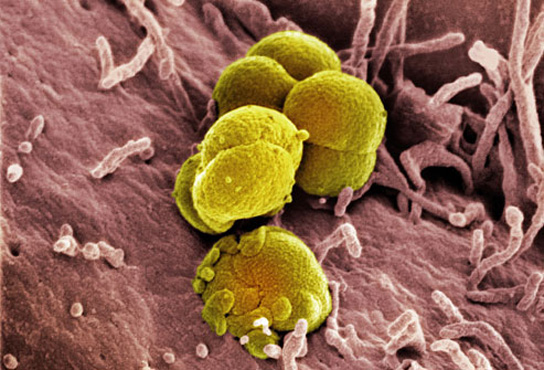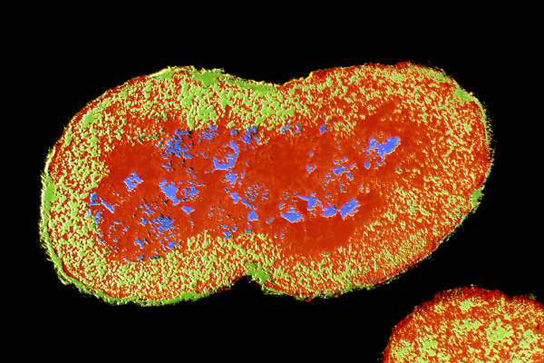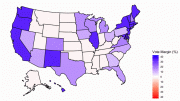
Uncomplicated, inexpensive gonorrhea treatment may already be over.
Six months after a warning was published in the medical journal The New England Journal of Medicine that gonorrhea was quickly becoming untreatable by the last two effective drugs, the CDC reports that one of those drugs no longer works. That just leaves one antibiotic to treat the disease, which is caused by the bacterium Neisseria gonorrhoeae.
The bulletin, which was published on August 9th, states that there is a high enough percentage of resistance to the oral antibiotic cephalosporin cefixime that the CDC no longer recommends using it as a first-line regimen for the treatment of gonococcal infections. Physicians should now use a single dose of injectable ceftriaxone, accompanied by some additional oral drugs.

The entire structure of the way that the USA controls sexually transmitted disease — single doses of drugs given in outpatient-clinic visits — is dependent on the effectiveness of the one remaining drug. Once ceftriaxone becomes ineffective, gonorrhea will be treated by IV drugs, which is more expensive, complicated and slower.
The fact that ceftriaxone has to be used already complicates matters, because pills can be dispensed by any clinic worker whereas injections must be given by a licensed health professional. If the resistance works and the remaining drug becomes unusable, which could happen, over the next seven years, gonorrhea incidence would increase four-fold to nearly 6 million additional cases, nearly 800 additional HIV infections, a quarter million cases of pelvic inflammatory disease in women, and cost over three-quarters of a billion dollars.
The CDC has also released its Cephalosporin-Resistant Gonorrhea Response Plan [pdf]. It implies that uncomplicated, inexpensive gonorrhea treatment may already be over.

Reference: “The Emerging Threat of Untreatable Gonococcal Infection” by Gail A. Bolan, M.D.; P. Frederick Sparling, M.D. and Judith N. Wasserheit, M.D., M.P.H., 9 February 2012, The New England Journal of Medicine.
DOI: 10.1056/NEJMp1112456









Maybe a natural phage can be discovered. But hey, gee, there’s no money to be made for pharma.